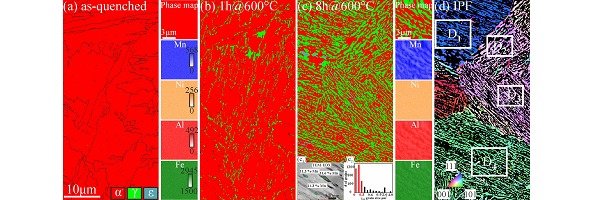The structure of grain boundaries (GBs) is dependent on the crystallographic structure of the material, orientation of the neighbouring grains, composition of material and temperature. The abovementioned conditions set a specific structure of the GB which dictates several properties of the materials, e.g. mechanical behaviour, diffusion, and…


